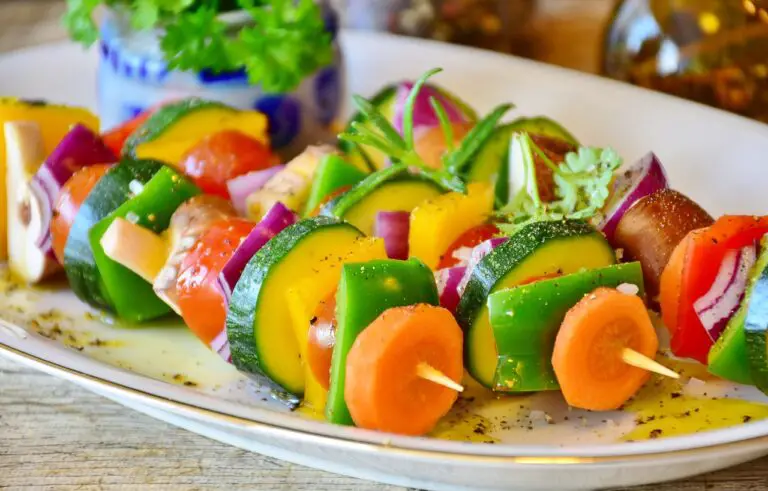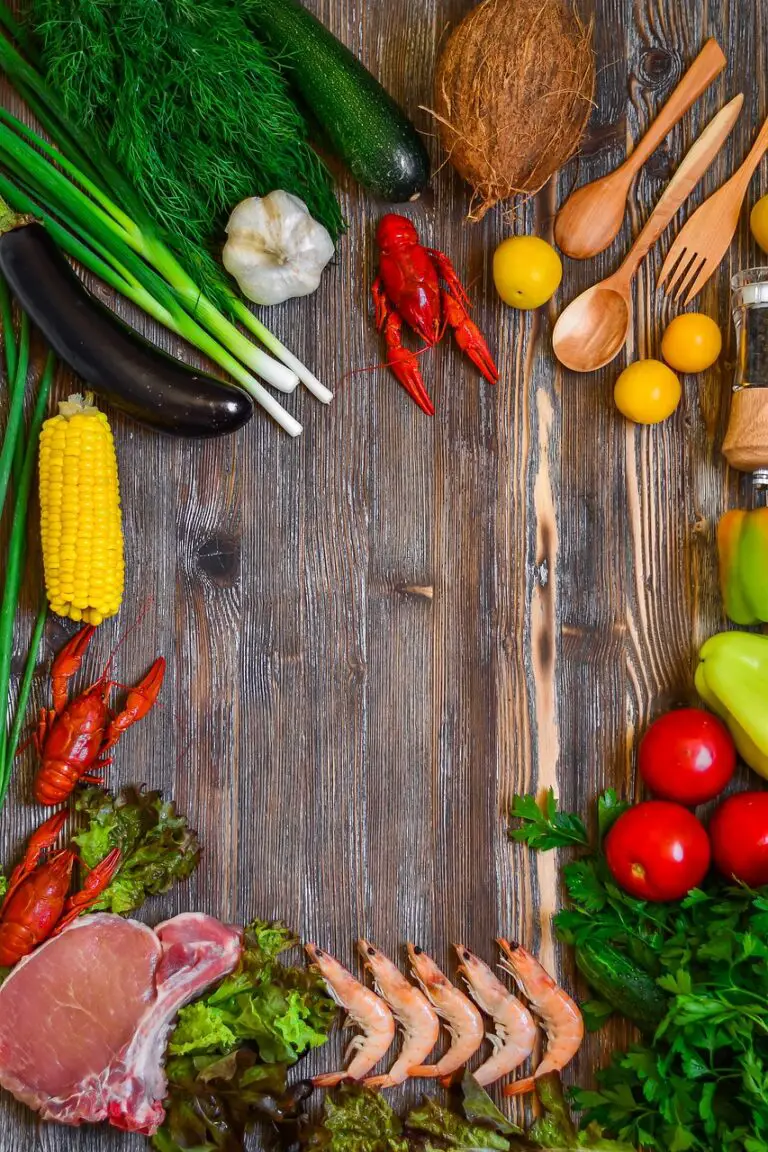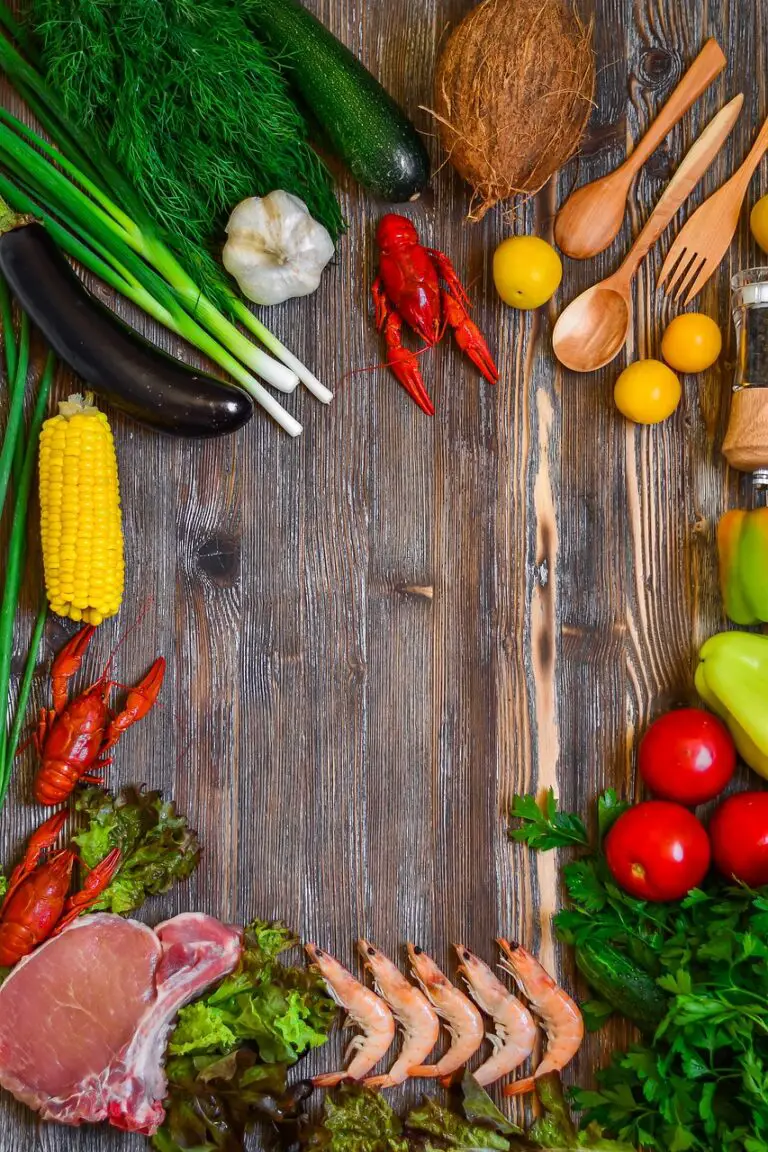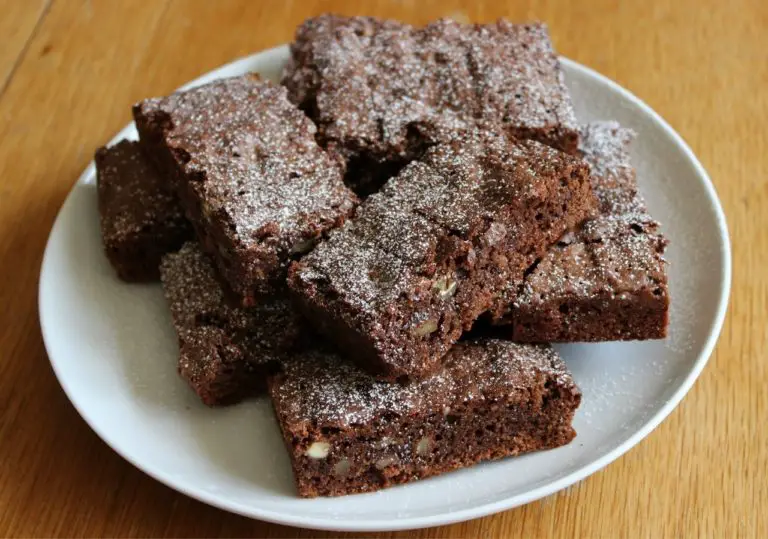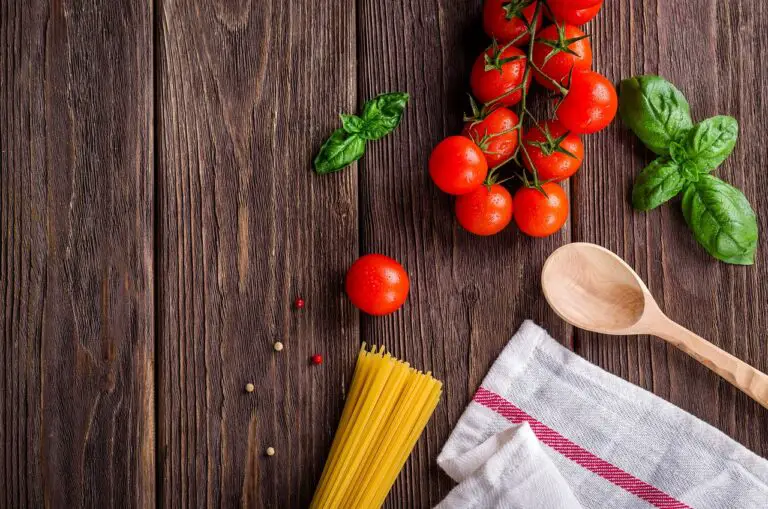How Much Sodium In A Plain Bagel
The Basics: Understanding Sodium Content in Plain Bagels
Ah, the humble plain bagel. Is there anything more comforting than a freshly toasted, perfectly golden round of dough? But here’s the deal, my fellow bagel enthusiasts: we need to have a serious talk about sodium content. I mean, have you ever wondered why after devouring one of those delicious rings of delight, you feel thirstier than a camel in the desert? It’s all because of the sneaky sodium hiding within those innocent-looking bagels. So, let’s break it down together. Sodium, my friends, is like that uninvited guest at a party who just won’t leave – it messes with your water balance, makes your blood pressure do the tango, and leaves you feeling bloated like a pufferfish. So, next time you’re eyeing up that plain bagel, remember to keep an eye on that sodium content. Make sure you have a glass of water handy, and maybe even a life jacket. You never know, those bagels can be quite the wild ride!
Breaking Down the Numbers: Quantifying Sodium in a Plain Bagel
An interesting fact about the amount of sodium in a plain bagel is that it typically contains more sodium than a regular slice of bread. While the exact amount can vary depending on the size and brand of the bagel, on average, a plain bagel contains around 400-500 milligrams of sodium. This is approximately equal to 1/4 to 1/3 of the recommended daily intake limit for sodium for adults. So, consuming a plain bagel may be contributing significantly to your daily sodium intake.
Picture this: The humble plain bagel, a classic breakfast staple that has been filling our carb-loving bellies for centuries. But wait, hold up! Have you ever wondered just how much sodium is packed into that innocent-looking ring of dough? Well, fear not, my fellow bagel enthusiasts, because today we are breaking down the numbers, crunching the data, and quantifying the sodium madness! Brace yourselves, because what you’re about to discover might just make you question your faith in the breakfast gods. So get ready to dive deep into the world of bagel sodium with me, your trusty guide on this salty adventure!
The Health Implications: Sodium Intake and Dietary Guidelines
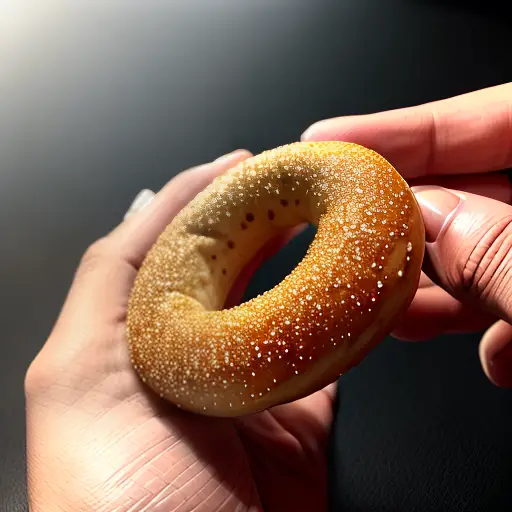
Alright folks, get ready for a wild ride because today we’re diving into a topic that’s saltier than a bag of potato chips on a hot summer day – the health implications of sodium intake and dietary guidelines. Now, I know what you’re thinking, ‘Oh great, another lecture on why I shouldn’t sprinkle sodium like it’s fairy dust on every meal.’ But hear me out, because this is important stuff.
Let’s start with the basics, shall we? Sodium is like that rebellious teenager we all knew in high school – it’s rebellious because it loves to break the rules and ditch its bonds with other elements, especially chlorine, to form our notorious friend sodium chloride, or as we know it better, table salt. It sneaks into our lives through processed foods, canned soups, and fast food joints faster than you can say ‘pass me the salt, please.’
But what’s the big fuss about sodium intake, you ask? Well, my friend, excess sodium is like that nosy neighbor who just won’t mind their own business – it likes to mess with our delicate balance of fluids, leading to some serious health implications. See, when we consume more sodium than our bodies actually need (spoiler alert: we need way less sodium than we think), it’s like giving our kidneys a head-spinning marathon that they didn’t sign up for. They struggle to keep up with excreting all that extra salt, causing our blood pressure to skyrocket to the heights of a roller coaster ride. Trust me, you don’t want to be a passenger on that one!
Now, this whole sodium intake debacle wouldn’t be such a big deal if it just stopped at our blood pressure, but oh no, it has to party harder than that. It increases the risk of cardiovascular diseases like heart attacks and strokes, making our hearts feel as though they just ran a marathon while carrying a grand piano on their backs. Sounds like a bad sitcom plot, right? I feel you.
But don’t worry, my fellow salt enthusiasts, for we have the dietary guidelines to guide us through these choppy sodium-filled waters. These guidelines are like the traffic lights of the food world, telling us when to slow down and put down that salt shaker. They suggest we limit our daily sodium intake to a moderate dose of 2,300 milligrams, which let’s be honest, still sounds like enough salt to melt the polar ice caps. New research even suggests that certain population groups, like adults over 50 or those with hypertension or diabetes, should aim for an even lower limit of 1,500 milligrams. It’s like telling a cheese lover to avoid cheese, or a caffeine addict to quit coffee – borderline cruelty.
So, what’s the bottom line here? Sodium intake may seem like the rogue rebel of the culinary world, but it has some serious implications on our health. We might need to rethink our salt-drenched habits and start paying more attention to those sneaky labels on our favorite snacks. And hey, I get it, saying goodbye to salt feels like breaking up with your favorite Netflix series, but trust me, your kidneys and heart will thank you later. So, let’s give those dietary guidelines a chance, because after all, nothing is saltier than ignoring your health. And that’s my two (low sodium) cents on the matter – stay salty, my friends!
Practical Tips: Reducing Sodium Levels in Your Plain Bagel Choices
A fun fact about plain bagels is that they contain less sodium than their flavored counterparts! While a plain bagel typically has around 400-450mg of sodium, a flavored bagel, such as an everything bagel or a sesame bagel, can contain up to 600-700mg of sodium. So if you’re watching your sodium intake, sticking to a plain bagel might be a wiser choice!
Are you tired of your bagels tasting more like the Dead Sea than a delicious breakfast treat? Fear not, my dear palates! I’ve got some practical tips that will make reducing sodium levels in your plain bagel choices a piece of cake. Well, not literally, because cake doesn’t belong in bagels (although, someone should seriously explore that idea). Anyway, back to reducing sodium. First, opt for low-sodium varieties, unless you enjoy your taste buds going on a salty adventure. Secondly, try to resist the urge to smother your bagel in salted butter. I know, I know, it’s practically second nature to do so, but consider this an act of bagel bravery. And finally, challenge yourself to savor the natural flavors that come with a lower-sodium bagel. It’s like entering a whole new world of taste! So, my fellow bagel enthusiasts, go forth and conquer the low-sodium bagel realm. Your taste buds will thank you, and so will your doctor (probably).
Austin is a witty and vivacious blogger who has a knack for making people laugh. With her infectious sense of humor, she effortlessly brings joy to her readers through her blog posts. But Austin's talents don't stop there - she is also a passionate cook and baker. Her kitchen is her sanctuary, where she experiments with flavors, creates mouthwatering dishes, and bakes delectable treats that leave everyone craving for more.



